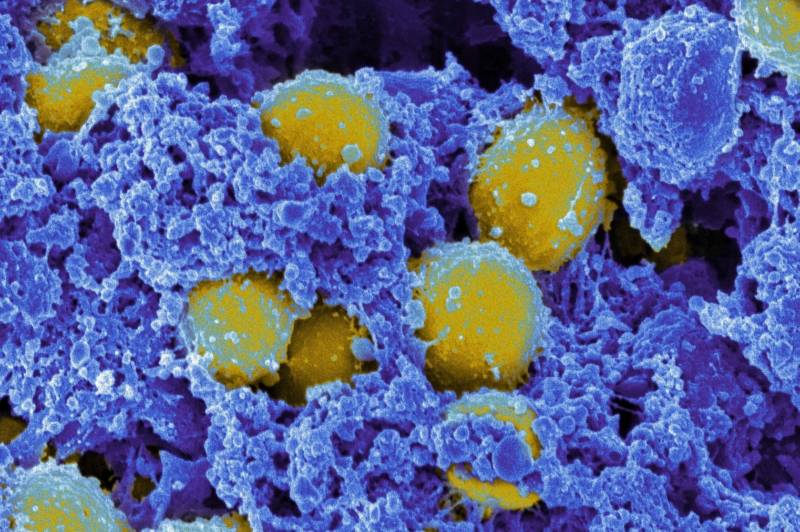Historically, antibiotics were designed to kill as many bacteria as possible. But not this one. "The idea was to develop a drug against staph, not against anything else," said the leader of the study, who works in the infectious disease department at St. Jude's. "This type of approach to antibiotic discovery and development is not very common."
The antibiotic targets a protein that is common to all staph bacteria. This protein, called FabI, isn't found in many other types of bacteria. When FabI is disrupted by Debio 1452, the structure of the bacterial cell is compromised.
The scientists working on the drug compared the microbiomes of mice treated with Debio 1452 or commonly used antibiotics, such as clindamycin and amoxicillin. The microbiomes in mice that received Debio 1452 didn't change much. In contrast, the microbiomes of mice treated with the other antibiotics were significantly depleted.
Once the mice were taken off antibiotics, their microbiomes began to return to normal. After two days, the microbiomes of the mice that were treated with Debio 1452 bounced back almost completely. The populations of good bacteria in the mice on the other antibiotics took up to a week to recover. It took even longer, up to 20 days, for the diversity of bacteria to return to normal.
The quick return in the variety of gut bacteria after Debio 1452 is important, the scientists say, because their diversity could be as important or more than their total number.
"All in all I am very enthusiastic about this," says Michael Gilmore, the Sir William Osler professor of ophthalmology, and microbiology and immunobiology at Harvard Medical School. "Staph is a good target because it is so common and the treatment will usually be right."
But, Gilmore says, better ways are needed to diagnose patients to make sure a targeted antibiotic is the right choice.
The latest results, of course, apply only to mice. Although Debio 1452, being developed by Swiss drugmaker Debiopharm Group, has completed preliminary safety and effectiveness testing in human, the drug would have to successfully pass larger clinical trials in humans and be approved by the Food and Drug Administration before doctors could prescribe it. Even if all the studies go perfectly, a drug wouldn't reach the market for years.
Copyright 2016 NPR. To see more, visit http://www.npr.org/.
9(MDAxOTAwOTE4MDEyMTkxMDAzNjczZDljZA004))

9(MDAxOTAwOTE4MDEyMTkxMDAzNjczZDljZA004))